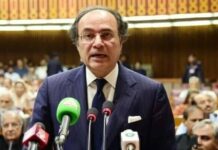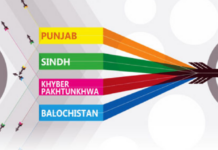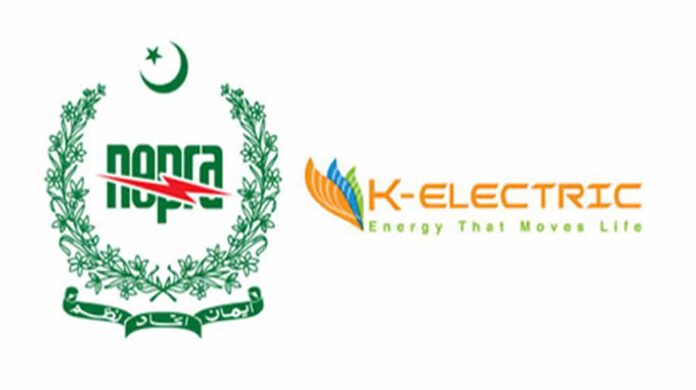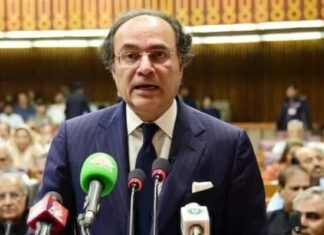The National Electric Power Regulatory Authority (NEPRA) has approved K-Electric’s distribution and transmission tariffs for the fiscal years 2023-24 through 2029-30 under the Multi-Year Tariff (MYT) framework.
According to media reports, the regulator fixed the distribution tariff at Rs3.84 per kilowatt-hour (kWh) and the transmission tariff at Rs2.99 per kWh, decisions made after extensive public hearings, technical reviews, and stakeholder consultations.
The power utility had submitted comprehensive tariff petitions for generation, distribution, transmission, and supply businesses following the expiration of its previous MYT in June 2023. The new tariff covers multiple cost components, including return on rate base, operations and maintenance, amortization, and working capital.
NEPRA’s approval marks the start of a seven-year control period designed to provide K-Electric with the financial clarity necessary for long-term capital investment and operational stability.
The regulator rejected K-Electric’s request for a higher return on equity (RoE), approving 14% for distribution instead of the requested 16.67%, and 12% for transmission, down from the 15% sought by the utility.
NEPRA maintained a notional capital structure of 70:30 debt-to-equity ratio for tariff calculations, consistent with sector norms, despite variations in K-Electric’s actual financial structure. The authority allowed recovery of foreign debt costs based on prevailing international interest benchmarks plus spreads and hedging costs, with exchange rate variations eligible for adjustment. These cost recoveries will be closely monitored throughout the control period to ensure accountability.
The regulator also denied K-Electric’s request to adjust distribution loss targets based on shifting sales mix across voltage levels, stressing uniform performance benchmarks across the power sector. Annual loss reduction targets remain fixed to reinforce operational discipline.
NEPRA projected a revenue requirement of Rs50.284 billion for K-Electric’s distribution system in FY 2024-25, corresponding to an average tariff increase of Rs3.31 per unit. The utility was also allowed Use of System Charges (UoSC) revenue of Rs43.447 billion for FY 2023-24, impacting tariffs by around Rs3.30 per unit, subject to revision once investment plans are finalized.
Stakeholders raised concerns over the inclusion of taxes as pass-through costs and flagged persistent system inefficiencies.
K-Electric emphasised the importance of the seven-year tariff control period to meet financing requirements. As a private company without government guarantees, KE secures loans with ten to twelve-year tenors, while asset lifespans range from 10 to 30 years. The extended tariff period offers lenders clear revenue forecasts and supports project viability, with shorter control periods potentially jeopardising financing access.
NEPRA had previously set KE’s generation tariff in October 2024. While these tariff approvals provide financial clarity for the utility, they do not directly affect electricity rates paid by consumers, which are determined under the federal uniform tariff policy.























